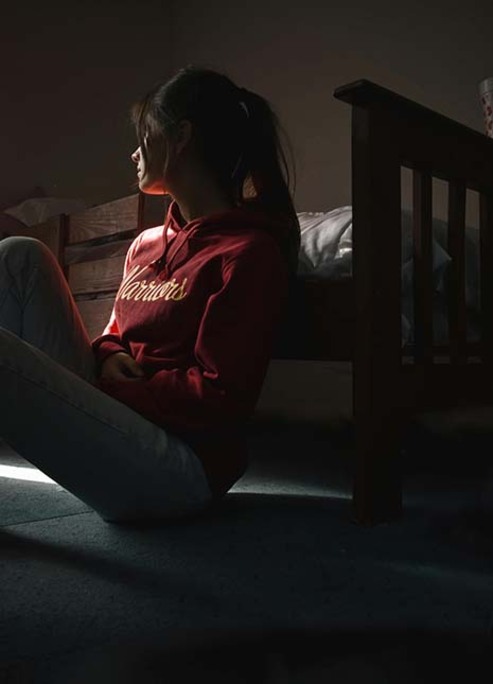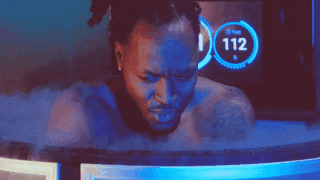
Uses, Cautions, and Aftercare for Cryotherapy
How to get the most out of your treatment!
Are you considering using cryotherapy? If so, it's important to be aware of the uses, cautions, and aftercare involved. Cryotherapy is a treatment that uses cold temperatures to help improve health and appearance. It can be used for a variety of purposes, but it's important to take precautions to avoid potential side effects. In this blog post, we will discuss the uses, cautions, and aftercare for cryotherapy. We'll also provide some tips on how to get the most out of your treatment!
Uses of Cryotherapy
As mentioned, cryotherapy can be used for a variety of purposes, such as:
1. Reducing Inflammation
One of the most common uses of cryotherapy is to reduce inflammation. By applying extreme cold temperatures to the affected area, cryotherapy can help to constrict blood vessels and reduce inflammation. This can be beneficial for those suffering from conditions like arthritis, as it can help to relieve pain and improve mobility.
2. Relieving Pain
Another common use for cryotherapy is pain relief. By numbing the affected area, cryotherapy can help to relieve both acute and chronic pain. This can be beneficial for those suffering from conditions like migraines, back pain, and fibromyalgia.
3. Speeding Up the Healing Process
Cryotherapy can also help to speed up the healing process by reducing inflammation and increasing blood flow. This can be beneficial for those who have recently suffered an injury or undergone surgery.
4. Treating Certain Skin Conditions
Cryotherapy can also be used to treat certain skin conditions, such as psoriasis, eczema, and warts. By applying extreme cold temperatures to the affected area, cryotherapy can help to reduce inflammation and improve the appearance of the skin.
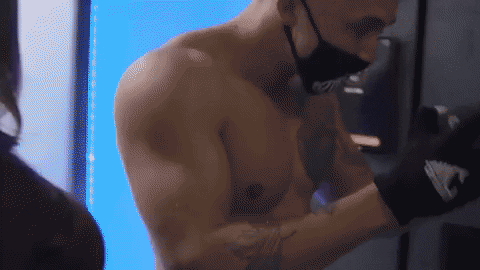
Cautions
While cryotherapy is generally safe, there are a few things to keep in mind before undergoing treatment.
1. First, it is important to make sure that the cryotherapy provider is properly trained and certified. This way, you can be sure that you are receiving the best possible care. One of the dangers of cryotherapy is that it can be used incorrectly, which can lead to serious side effects. Make sure to do your research and only visit a reputable provider.
2. Second, it is important to be aware of the risks associated with cryotherapy. These include frostbite, skin damage, and dizziness. These risks are generally low, but it is important to be aware of them nonetheless.
3. Third, those with certain medical conditions, such as heart disease or diabetes, should speak to their doctor before undergoing cryotherapy. This is because cryotherapy can put additional stress on the body, which can be dangerous for those with certain medical conditions.
4. Finally, cryotherapy should not be used on open wounds or broken skin. The reason behind this is that cryotherapy can cause further damage to these areas. As a result, your wounds might become worse or become infected.
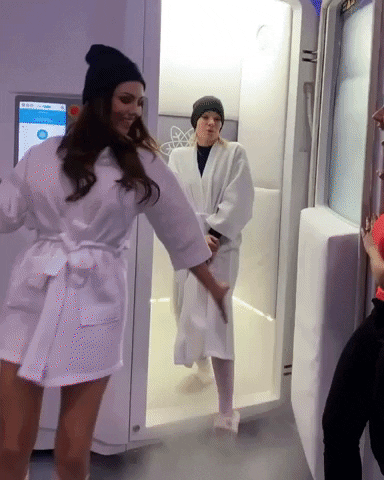
Aftercare
There are a few things you can do to help your body recover after cryotherapy. These are the following:
1. Drink Plenty of Fluids
It is important to drink plenty of fluids after undergoing cryotherapy. This helps to replace the fluids that your body has lost during treatment. Water is the best choice, but you can also drink sports drinks or juices.
Avoid alcohol and caffeinated beverages, as these can actually dehydrate you further. Aim to drink at least eight glasses of water per day so that your body can properly recover.
2. Eat a Healthy Diet
It is also important to eat a healthy diet after undergoing cryotherapy. This helps to give your body the nutrients it needs to recover. Make sure to eat plenty of fruits, vegetables, and lean protein.
Avoid processed foods, sugary drinks, and excessive amounts of caffeine. These can actually make it harder for your body to recover.
3. Get Plenty of Rest
It is important to get plenty of rest after undergoing cryotherapy. This helps to give your body the time it needs to recover. aim for at least eight hours of sleep per night.
Avoid strenuous activity, as this can actually delay your recovery. Take it easy for a few days so that your body can properly recover.
4. Avoid Exposure to Extreme Temperatures
Finally, it is important to avoid exposure to extreme temperatures after undergoing cryotherapy. This means avoiding both hot and cold temperatures.
The reason behind this is that your body is already going through a lot of stress from the cryotherapy treatment. Exposure to extreme temperatures can actually make it harder for your body to recover.
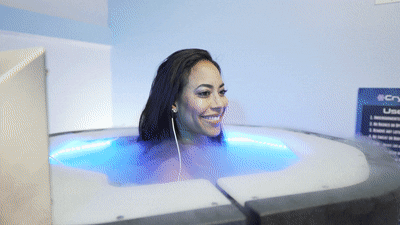
What Is the Process of Cryotherapy Like?
The cryotherapy process is simple. You will be asked to remove any clothing or jewelry that may interfere with the treatment. Once you are undressed, you will be given a robe and slippers to wear. You will then enter the cryosauna, which looks like a small walk-in shower without water. The technician will lower the temperature inside the cryosauna and you will begin to feel the cold air.
The session will last for two to three minutes. During the session, you may feel discomfort from the cold, but it should not be painful. After the session, you will be given a warm towel to help you thaw out. You should drink plenty of water after your session to help your body recover.
Bottom Line
Cryotherapy has a lot of potential benefits and very few risks when performed by a trained professional. However, there are a few things to keep in mind before and after your treatment. Make sure to adhere to these guidelines to get the most out of your cryotherapy session and to avoid any possible complications. By taking advantage of the benefits of cryotherapy and following these simple precautions, you can help to improve your overall health and well-being.



